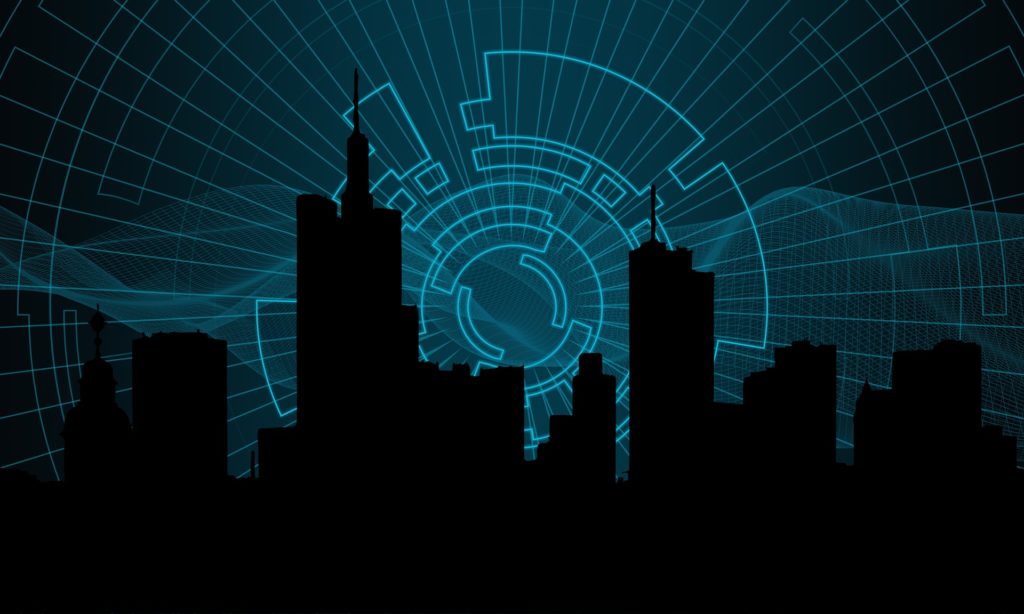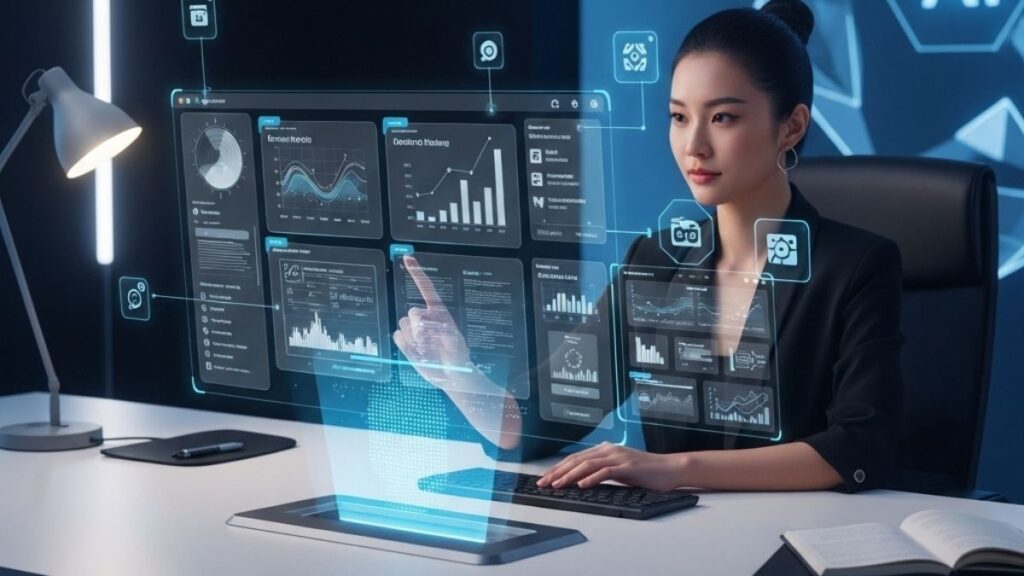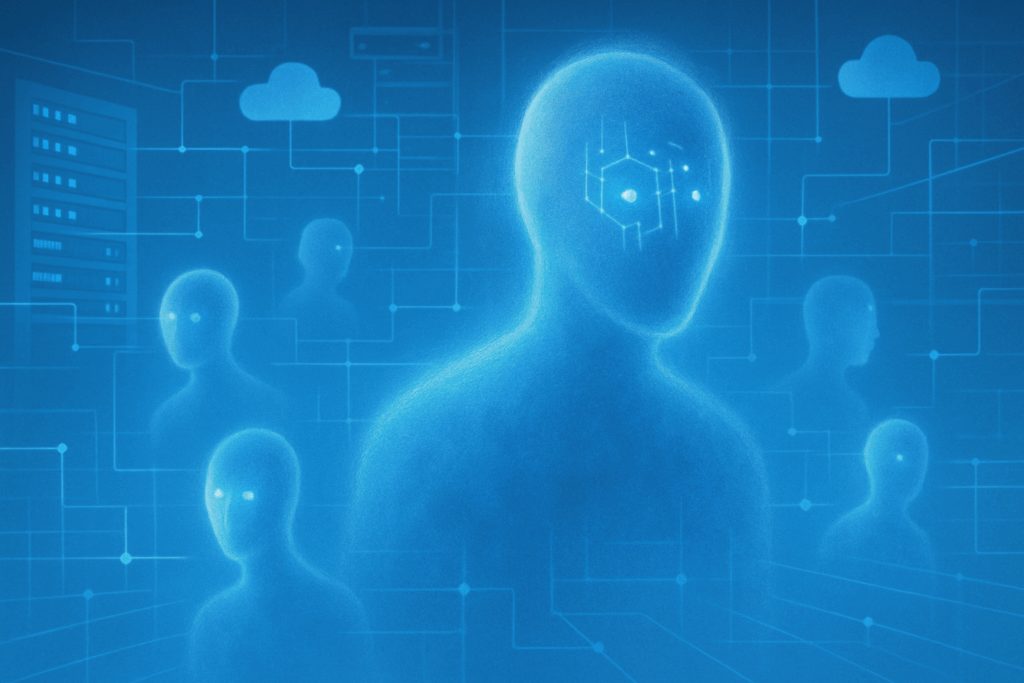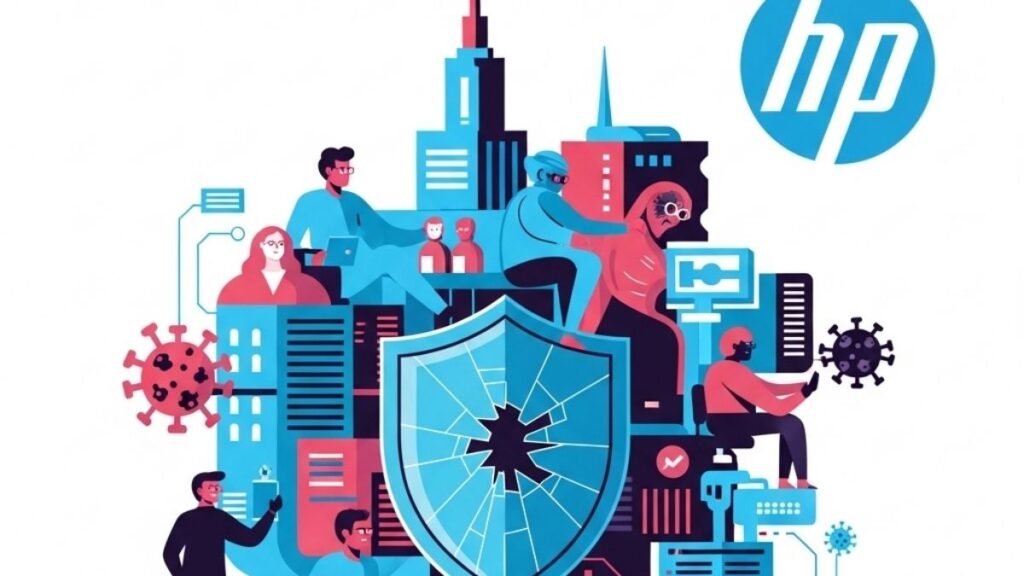I was in Barcelonal HP’s Innovation Summit last week and one of the more interesting presentations was from HP’s CTO Shane Wall. Shane is responsible for the long-term company strategy. His job is to look 15…20…30 years into the future. He stressed that to look into the future, they don’t start with technology. I agree with him that if you focus on the technology and extrapolate you won’t anticipate coming disruption. They focus on people and future needs looking at megatrends in humanity. But I’ll add my own spin to this as I think there are some coming events that will disrupt some of what they are predicting.
Let’s talk about that this week:
5 Big Trends
1. Rapid Urbanization
Moving from 10 to 60 megacities in 30 years. There are huge challenges that can only be addressed by smart city approaches. Cities may be more important than countries because cities can be vastly different in each country. One city in China by 2035 will have a GDP (gross domestic product) greater than the entire nation of Sweden according to HP.
Now there are three increasing critical issues that I think fold into this. The failing infrastructure in most large cities, and improvements in telepresence which should, in the out years, fuel more rural living. Advances in areas like AR (augmented reality) as showcased by Microsoft’s HoloLens remote viewing demonstration and more recently by the startup Spatial are showcasing how you could be remote but still function as if you were local.
In addition, this should cause us to rethink how we build city units and, as security concerns grow, and the weather degrades—expected to be far more severe in the years to come—contained Arcologies should make more sense than cities.
2. Changing Demographics
The silver spenders (Boomers) are living longer but will be replaced by millennials as the folks doing most of the work. These silver spenders are driving changes in things like healthcare. At the other end is Generation Z—very focused on experiences and less focused on products. Moving to products as a service and away from purchased products. I agree with this trend but think there will be an impact of autonomy in vehicles and robots, and an impact of deep and machine learning systems that will change this outcome dramatically in ways we can’t yet determine. But, until we can determine the degree of change, the overall trend HP highlighted is well supported by what we can observe happening.
3. Hyper Globalization
Things moving globally at the speed of light. 143K startups in emerging markets each year and growing at 20 percent per year. Physical goods will move at this speed in the future. Currently I think we are pulling back from what was a hyper globalization trend. Nationalism is sprouting up in the EU, the US, and has always been strong in China and Russia who are both moving to close their digital borders. I do agree that the 50 year trend is still likely hyper globalization because this nationalism focus, which resulted in Brexit and President Trump, will have some rather dire outcomes (like an increase in regional military conflicts and an increase in collapsed governments) that should reverse this short term nationalism trend.
4. Accelerated Innovation
This is what brought AI (artificial intelligence) and AR into our lives. Some of this stuff was developed decades ago but is being driven to the market by current needs. This is interesting and I fully agree that we seem to be in the midst of a wave of products that have been under development for years but now seem to be swarming to market. As we deploy new AI technologies and things like HP’s 3D printers this should massively reduce the time it takes to bring a product to market (Zigzag, one of the firms at the HP Innovation Summit, indicated that with just 3D printing they reduced time to market by better than 33 percent in most cases.) The reduction in regulatory controls in the US should also speed time to market but problems like the Boing 737 crash which appear to have resulted from this acceleration and an expected change in the US executive office may reverse this somewhat. Overall, the trend will be to massively decrease the time to market for most products. Hopefully, without an increasing problem with product quality or especially safety.
5. Economic Segmentation
HP used this to determine where the money would be moving over the next 30 years. They believe that the number of “haves” will grow and the number of “have nots” will shrink, but there will be a better than 16 percent unmet need for critical skills. Including this skill shortage, we have serious growing unmet infrastructure needs. The critical path will likely be energy and in many of the economies the efforts aren’t sustainable right now without breakthroughs.
I think that one of the biggest problems to spreading out this wealth is clean energy and with clean energy there remains significant and efficient electrical energy storage which can offset the timing problems of both wind and solar generation making them both more viable. The advances in electrical energy storage have been very rare but, since it is right in the middle of the critical path, there are a ton of resources focused on fixing this. Right now Flow Batteries are the most interesting in smaller projects and <href=”#3ba781795bde”>V-Flow batteries are the most interesting technology large scale.
One of HP’s big efforts is Cloud to the Edge anticipating a need to store 123 zettabytes of data but recognizing that the cost of doing this is more than the US GDP which is unworkable using current and anticipated systems. This will force a huge distribution of data centers because even future networks just don’t have the needed bandwidth. This will also reduce the energy footprint of the solution and help make a solution that will drive this shift achievable. (By the way HP is hardly alone in this view of distributed data, I’ve heard this from most large IT companies this year as part of 5G rollout discussions).
HP believes—and I agree—that with increased energy available goods will be more able to move digitally as well. This prediction anticipates technologies like 3D printing but at massive scale, so the raw materials move to the end points and manufacturing occurs there as well (some of these end points will be in our homes). This change also anticipates a degree of personalization that hasn’t yet been seen. Overall this shift to digital distribution is estimated to save about 25 percent of the required energy which is important given manufacturing currently consumes around 30 percent of world energy right now.
Wrapping Up: A Very Changed World
In the out years we are talking about cities where you can generally walk to where you want to go or visit places digitally rather than personally. Where transportation is largely autonomous, where power is plentiful both because of advanced storage and massively increased conservation, and where innovation and the products that come from it both move more quickly and digitally increasingly being manufactured on our block or in our homes. We’ll be surrounded by autonomous robots and increasingly intelligent digital assistants, and our social networks will increasingly span the globe. It’ll be vastly different than the world we live in today and there is every possibility that it will be substantially better as well. Now if we can all just survive to see it.




Comments are closed.